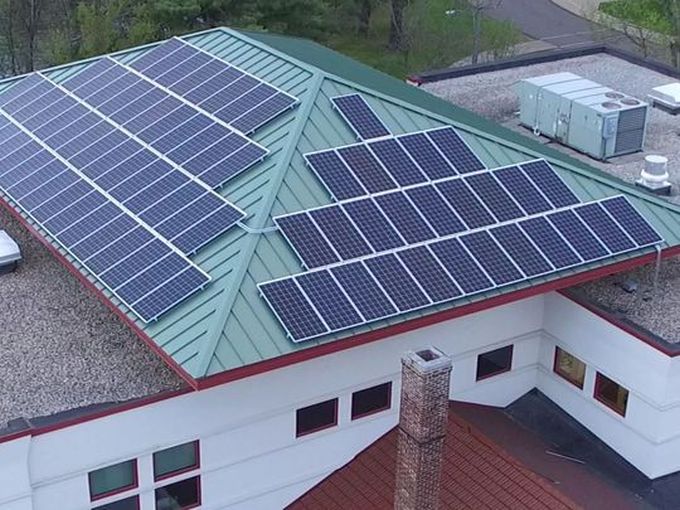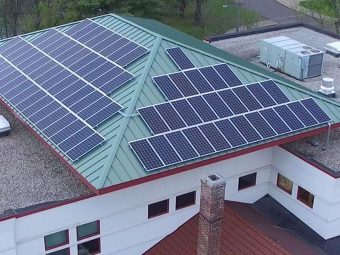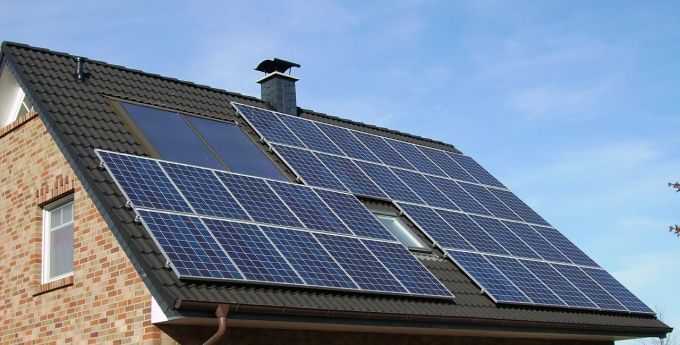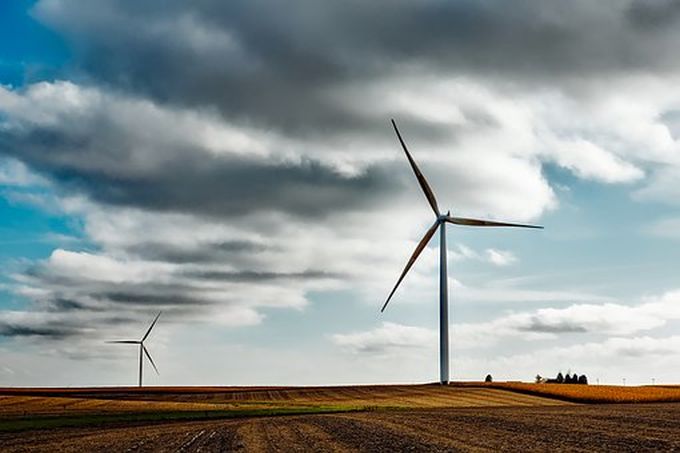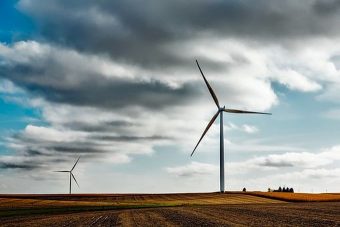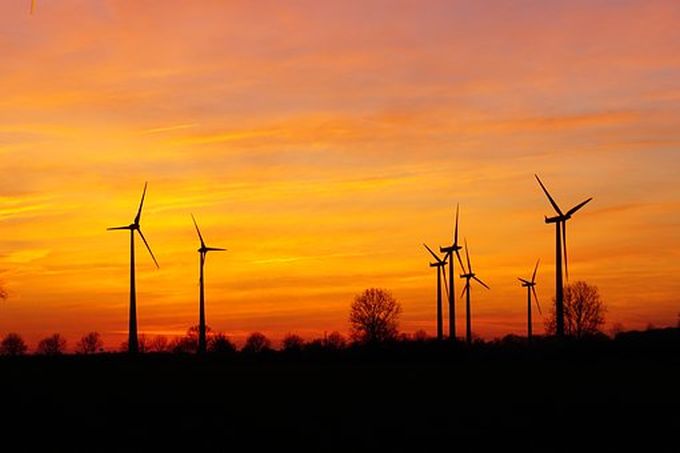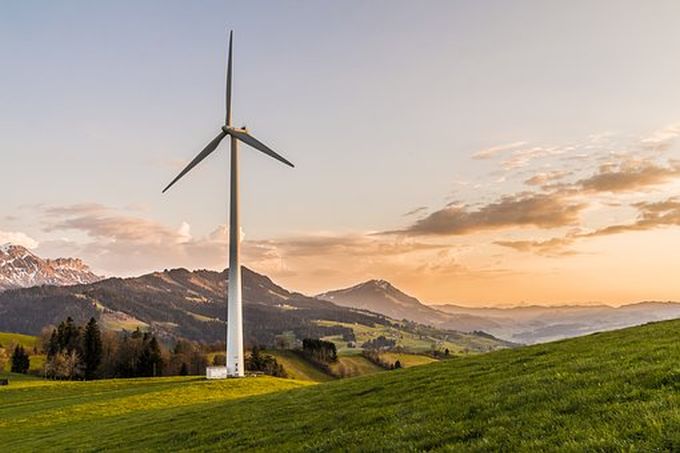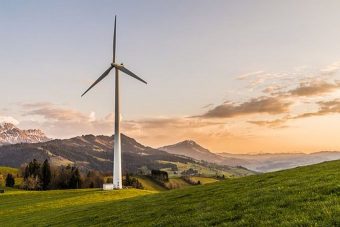
Coca-Cola has aired its first ever TV advert animated entirely from 100 per cent recycled packaging with the aim of encouraging more consumers to recycle used plastic bottles.
The soft drinks giant’s ‘Love Story’ advert, created by advertising firm Ogilvy and Mather Berlin, tells the story of two bottles who fall in love as they meet over and again after being disposed of properly and recycled into new bottles.
The set for the advert was made entirely out of recyclable material – and mainly from Coca-Cola packaging – with Berlin-based artists Cris Wiegandt and Lacy Barry using more than 1,500 bottles and cans during production.
The ad seeks to highlight how plastic bottles can be reused to produce more plastic bottles and is part of Coca-Cola GB’s new sustainable packaging strategy, through which the company is aiming to boost recycling rates and increase the recycled PET content in its bottles from 25 per cent to 50 per cent by 2020.
Premiered on Channel 4 on Friday, the advert will continue to run at cinemas and on digital and social media throughout the summer with a target of communicating its recycling message to 35 Aedamar Howlett, marketing director for Coca-Cola GB, said the advert formed part of the company’s biggest ever recycling-focused consumer communications campaign, which will also include activities at UK music festivals and events in a bid to promote the message to a further six million people.
“All of our packaging is 100 per cent recyclable and has been for some time now,” said Howlett. “The multi-million pound campaign shows how serious we are about encouraging more people to recycle, so we that we reach our aim of getting all of our bottles back.”
The campaign comes as the UK government seeks to crack down on the growing mountain of plastic waste in the UK and in oceans, with Environment Secretary Michael Gove earlier this month confirming plans to ban plastic microbeads from cosmetic and personal care products in the UK.
In addition, the Scottish government announced plans earlier this year to trial a bottle deposit scheme in support of its strategy for becoming a zero waste economy – a move which secured support from Coca-Cola.million people in the UK by the end of the year, Coca-Cola said.
Source: businessgreen.com



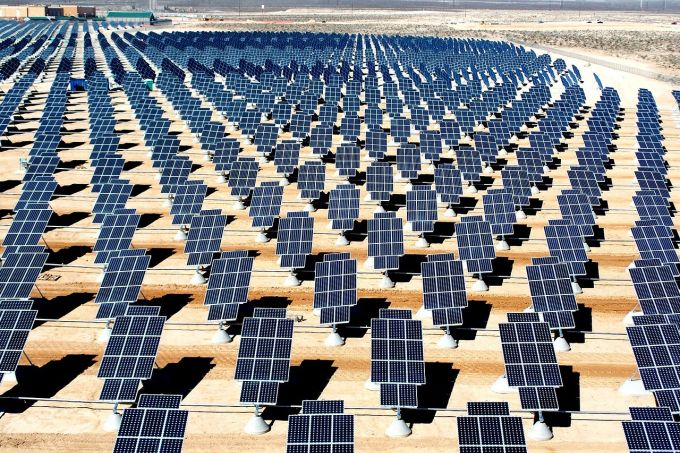

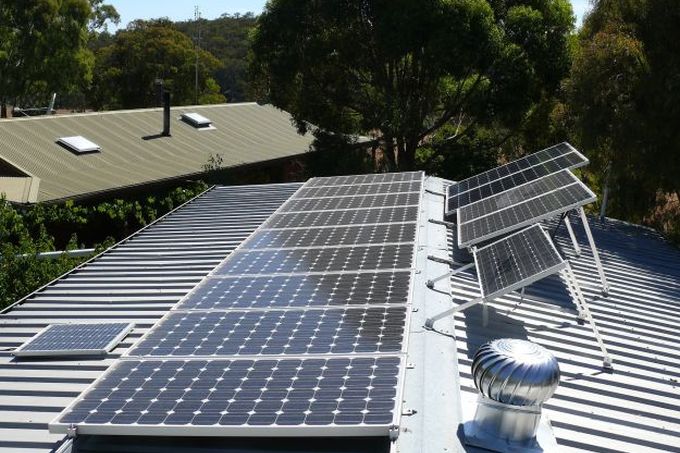
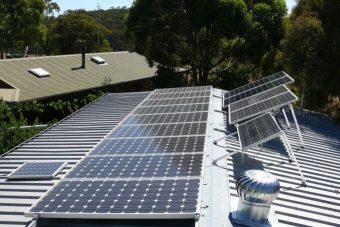
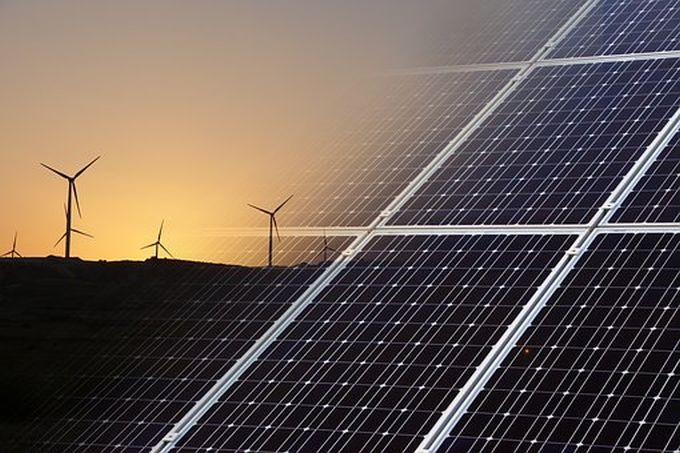
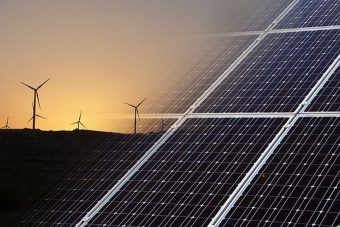









 General Motors Co on Tuesday reported a lower quarterly net profit from continuing operations due to lower vehicle sales and restructuring charges, but results beat Wall Street expectations.
General Motors Co on Tuesday reported a lower quarterly net profit from continuing operations due to lower vehicle sales and restructuring charges, but results beat Wall Street expectations.



